Rigging Your New Fly Fishing Rod & Reel
The big day is here; you finally have your new dream fly rod and reel in hand. The excitement is almost too much to handle! You're daydreaming about the river, campfires, sharing stories with friends, and, of course, fish—BIG FISH. If you’re going to make those big fish dreams a reality, there’re some important choices to consider when rigging up your new fly-fishing outfit.

Setting Up Your Fly Reel and Line
If you purchase a Montana Casting Co. Fly Rod Outfit through our Outfit Builder, we will ask the following questions to ensure that we spool your reel correctly:
What hand do I reel with - left or right?
This impacts which direction the backing and fly line needs to be spooled onto the reel. It is also important to ensure that the drag system works appropriately for whichever hand you reel with.
When attaching your leader, what do you prefer?
- Attaching the loop on your leader directly to the welded loop on your fly line, or…
- Adding a butt section (a 2-foot length of monofilament) and then tying your leader to the butt section with a blood knot?
There’s pros and cons to each method. Loop to loop makes it faster to change your leader, and you can attach a sink tip that changes your floating line into a sink tip line. Butt sections are more performance-oriented; they facilitate a more efficient transfer of energy down the fly line, through the leader and into the fly. If you use Amnesia (a bright red or yellow) for the butt section, you can fish without a strike indicator—a huge benefit when you’re after extra spooky fish.
Setting Up Your Leader and Tippet
With backing and fly line on your new reel and your Outfit in hand, it’s time to decide how you’ll rig your leader. There are hundreds of variables involved in rigging your leader: the species you’re fishing for, the water conditions, temperature, what insects are hatching, and fishing style (nymphing, fishing dries, or stripping streamers) to name a few. The list can go on indefinitely, which is a big part of the allure of fly fishing—there’s always more to learn. For the sake of this blog article, we’ll try to keep things simple. You can (and will likely want to) modify these suggestions depending on the conditions you're fishing in.

Fishing Dry Flies:
This is the easiest to rig but the most difficult to fish when trying to get the perfect presentation.
- We prefer a 9-foot monofilament (Mono) leader for fishing dries.
- Tie on 24 inches of the appropriate size Monofilament Tippet; Mono floats better than Fluorocarbon (Fluoro) and is less expensive.
- Pick your fly and tie it on with a Clinch Knot, put some floatant on the fly and start fishing.
Nymphing:
This rig is used to catch fish subsurface in rivers and lakes. In Montana, it’s common to use two flies—you’ll want to check the recommendations and regulations pertaining to the region you’re fishing in.
- Attach a 7.5-foot Mono leader to your fly line or butt section.
- Attach your strike indicator on the thicker end of the leader, closer to your line or butt section.
- Cut off approximately 18 inches of your new leader and tie on a tippet ring or micro swivel.
- Tie an 18-inch length of Fluoro tippet to the tippet ring or micro swivel. (Fluoro sinks and is virtually invisible underwater, making it perfect for nymphing.)
- Tie your first fly to the bottom of the Fluoro tippet.
- Tie a 24-inch length of Fluoro tippet to the bend of the hook of your first fly.
- Tie your second fly to the end of the new length of Fluoro tippet.
- Add some non-lead split shots to your leader to help it sink down to where the fish are. We like to put a B-size split shot above the tippet ring and another in between our flies. You may need to add or remove a split shot to get the depth correct. Our rule of thumb on freestone streams: the nymphs should bounce across the bottom or be very close to it.
Streamer Fishing:
This rig mimics a minnow or wounded bait fish. Often, this technique results in large fish crushing your fly. In other words, if you’re looking for big fish and only big fish, tie on a streamer.
- Shorten your leader to only 3 or 4 feet long.
- Tie on a heavy piece of Fluoro tippet, like 3X.
- Tie on your streamer and go fishing.
When streamer fishing, you can use a floating line, add a removable sinking tip to the end of your fly line, or use a sinking fly line. Streamer fishing is fun and very visual—a fully stocked streamer fly box is like Mardi Gras! Experiment with the endless patterns and find what works for you. A good rule of thumb is to keep your streamer about halfway between the surface and the bottom of the river while you strip, twitch, or wiggle it back to you. Stay on the lookout for that tell-tale flash and set the hook!
Conclusion
If you’re new to fly fishing, remember that part of the sport is expanding an ever-growing repertoire of skills. Even the best fly fishermen still have more to learn, so enjoy the process and don’t be afraid to trial and error your way to success. Those big fish daydreams are well within your reach.

Still have questions? Drop them in the comments below or head over to our Contact Us page to reach out!
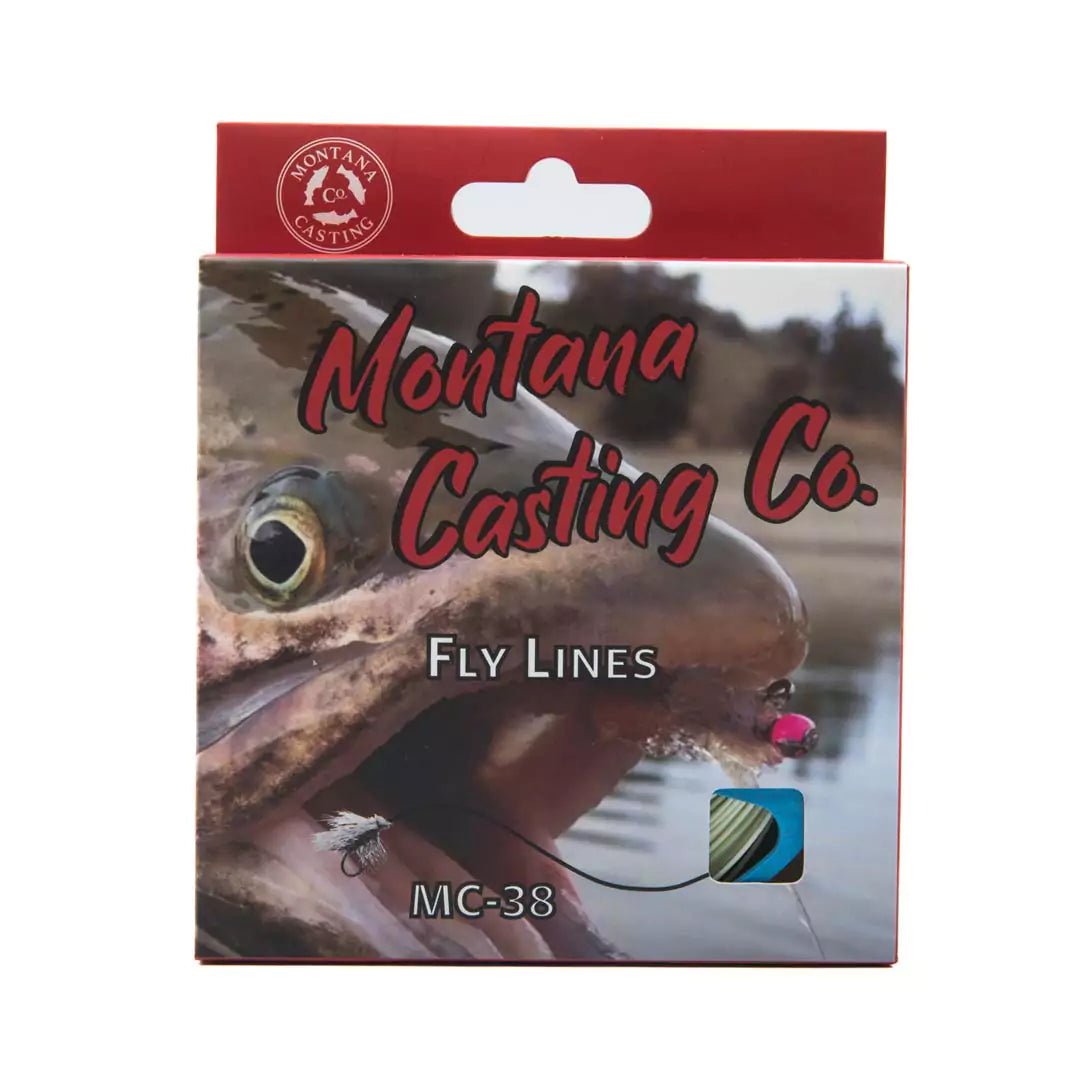
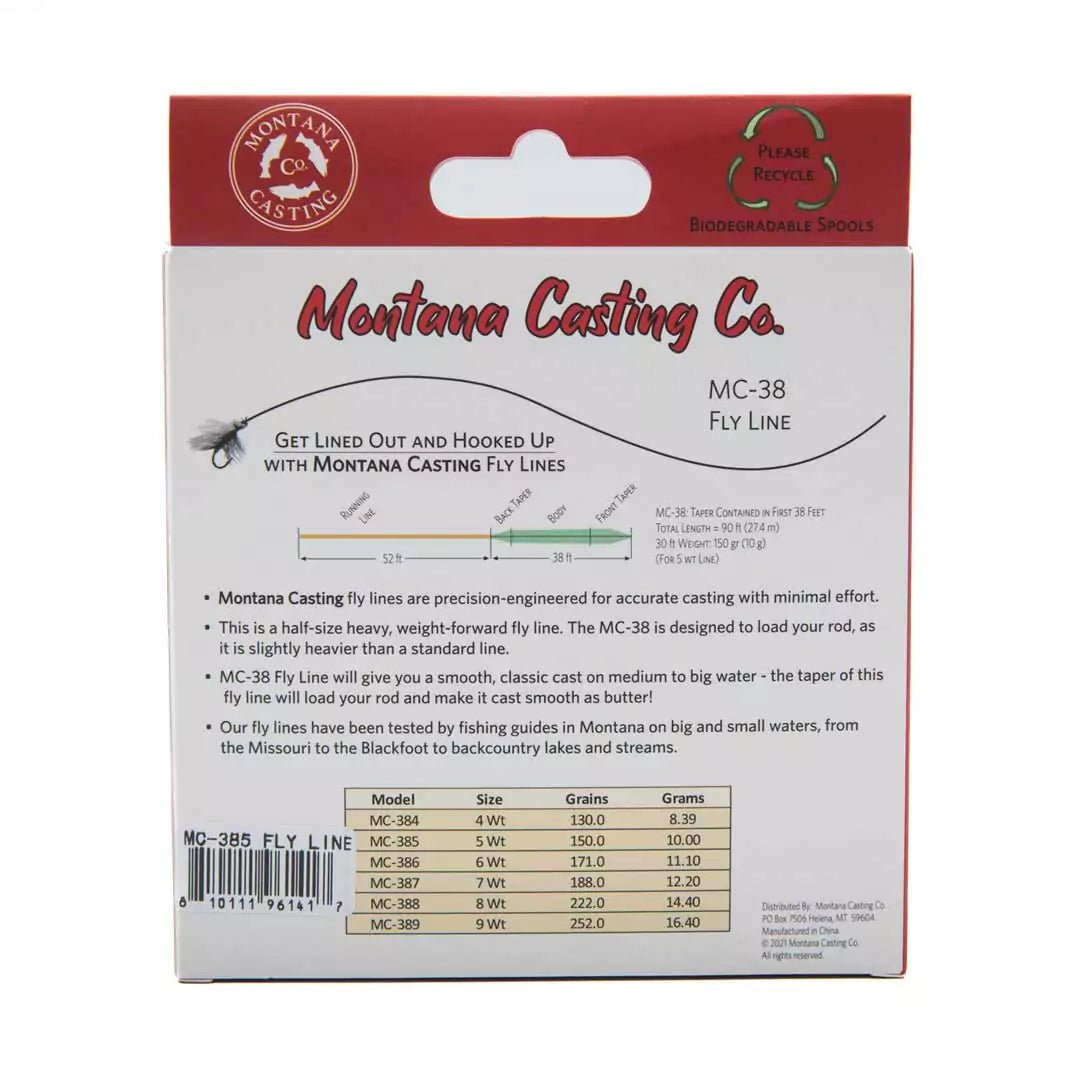
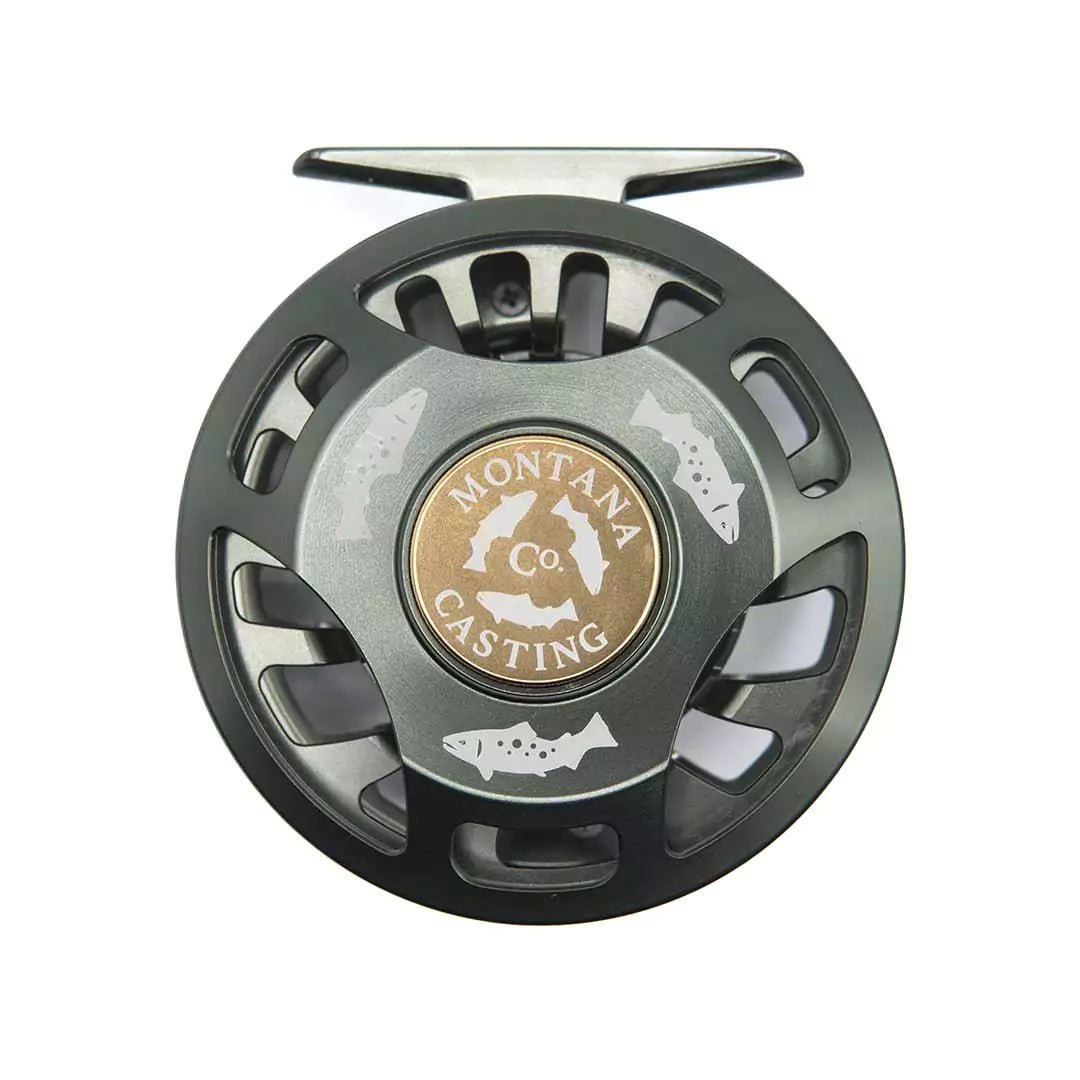
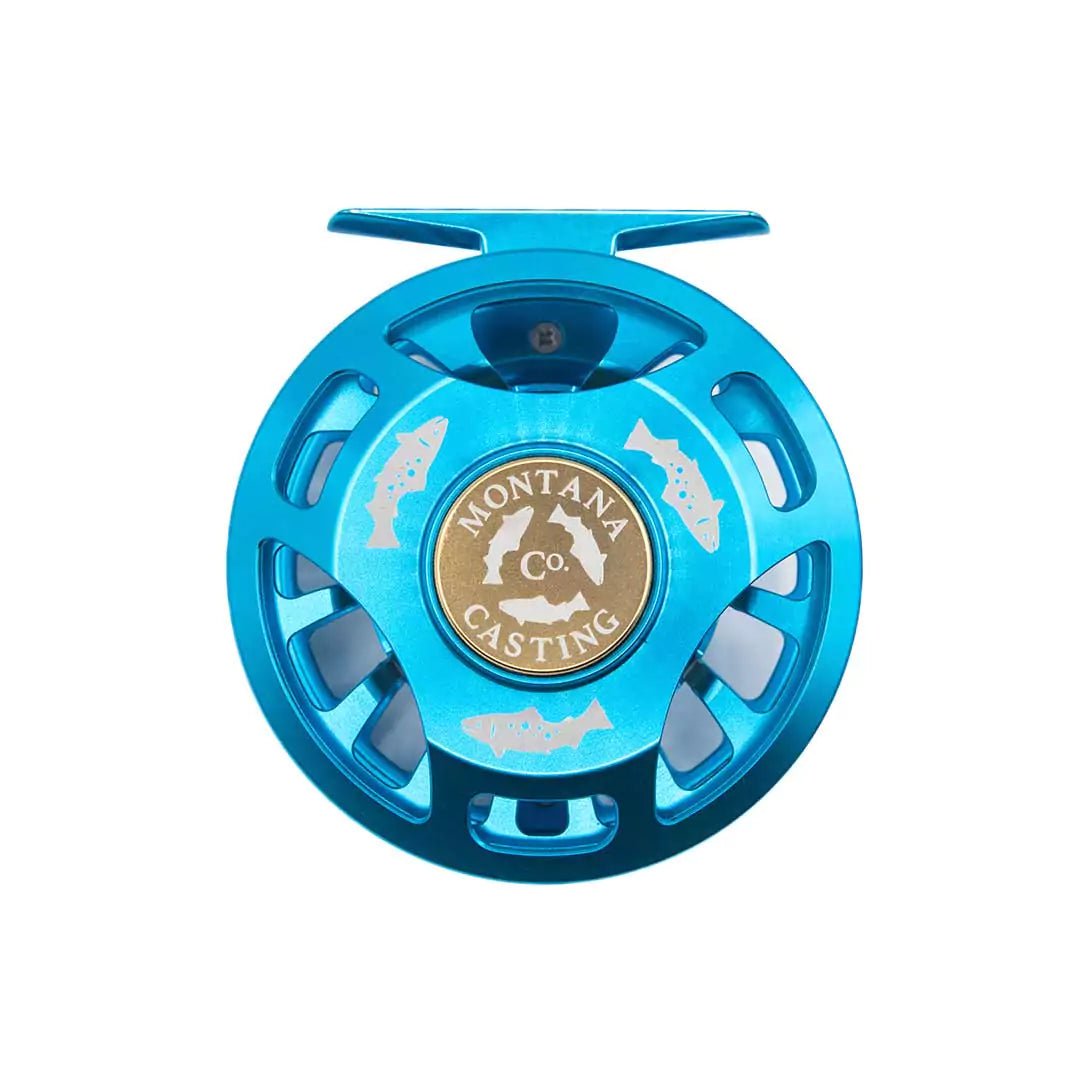
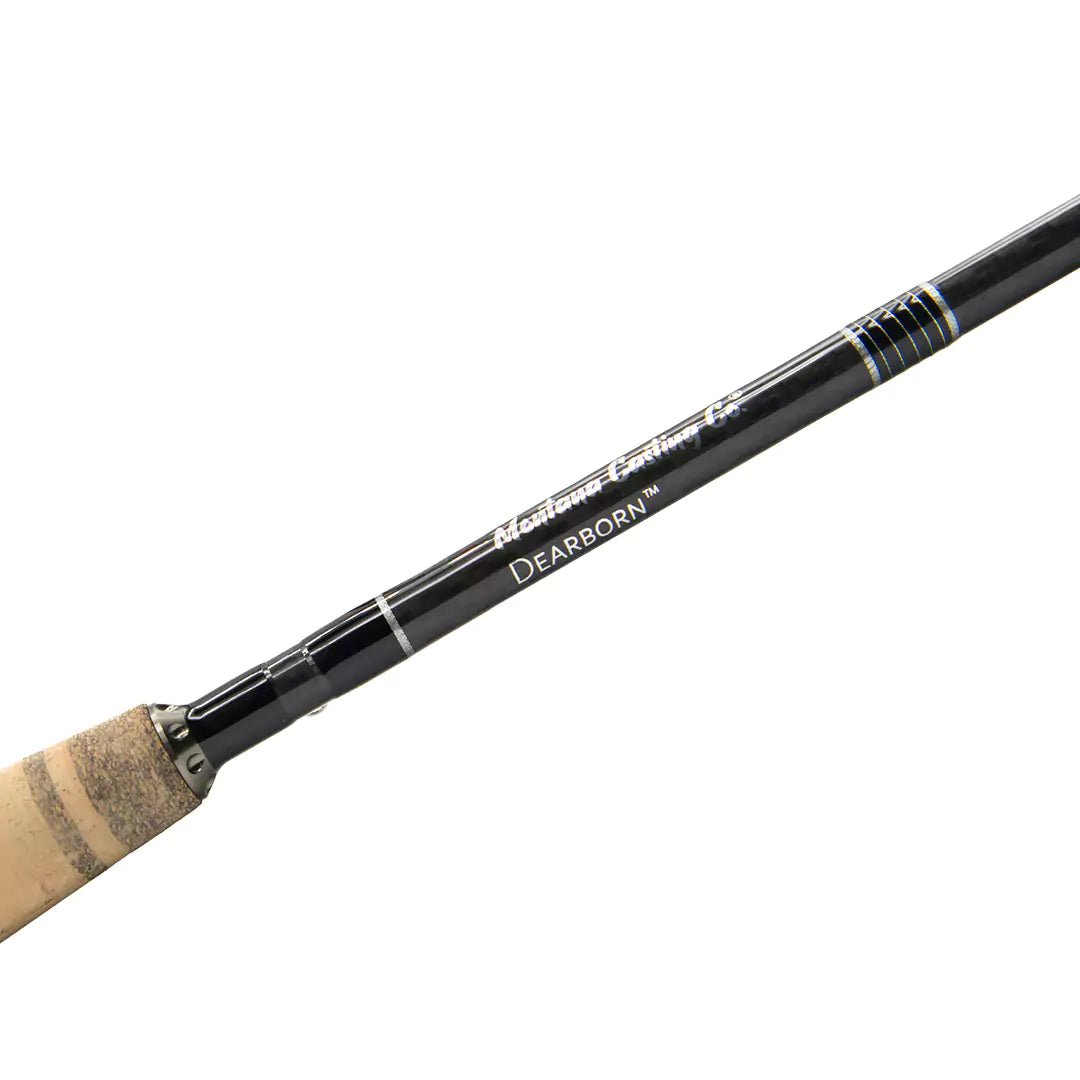
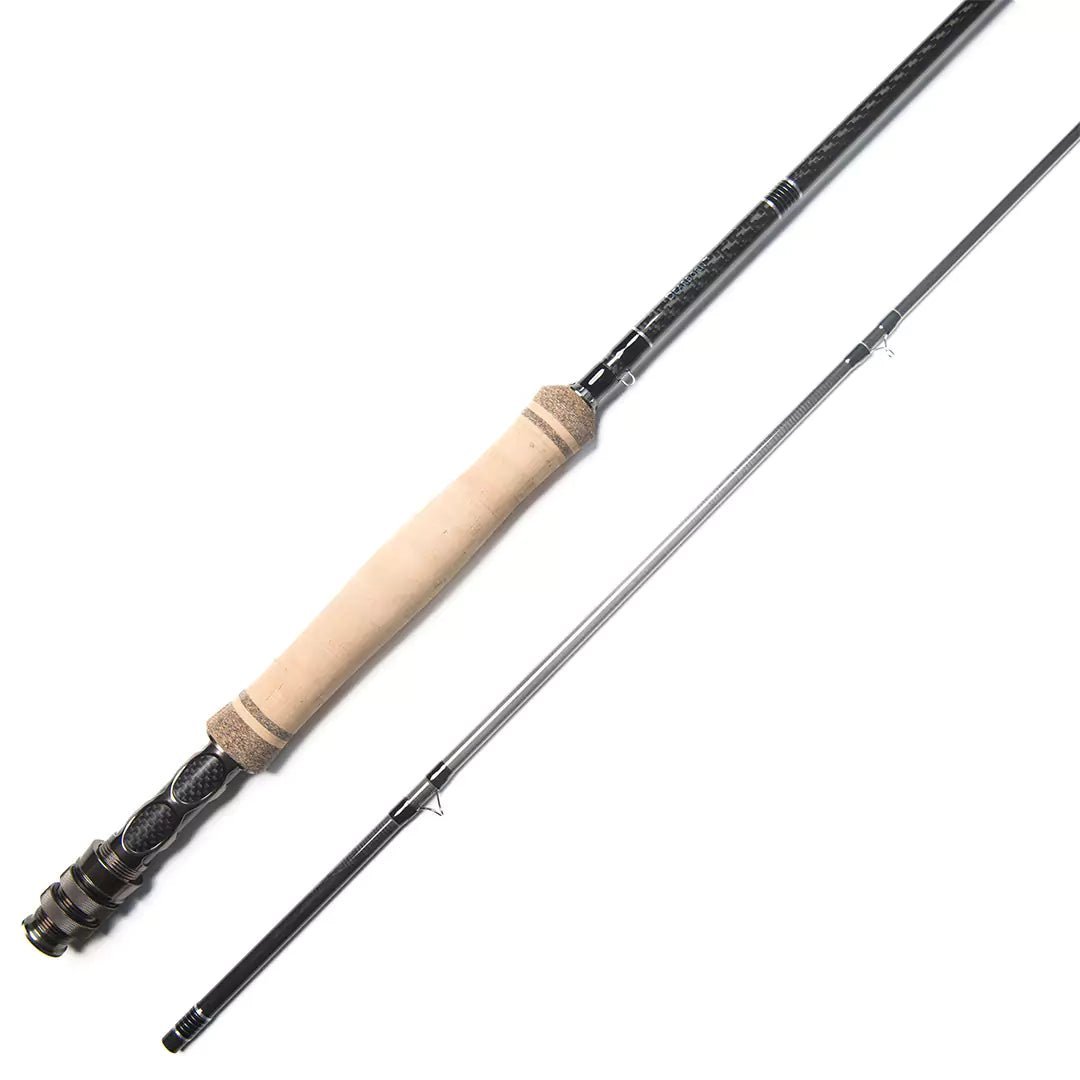
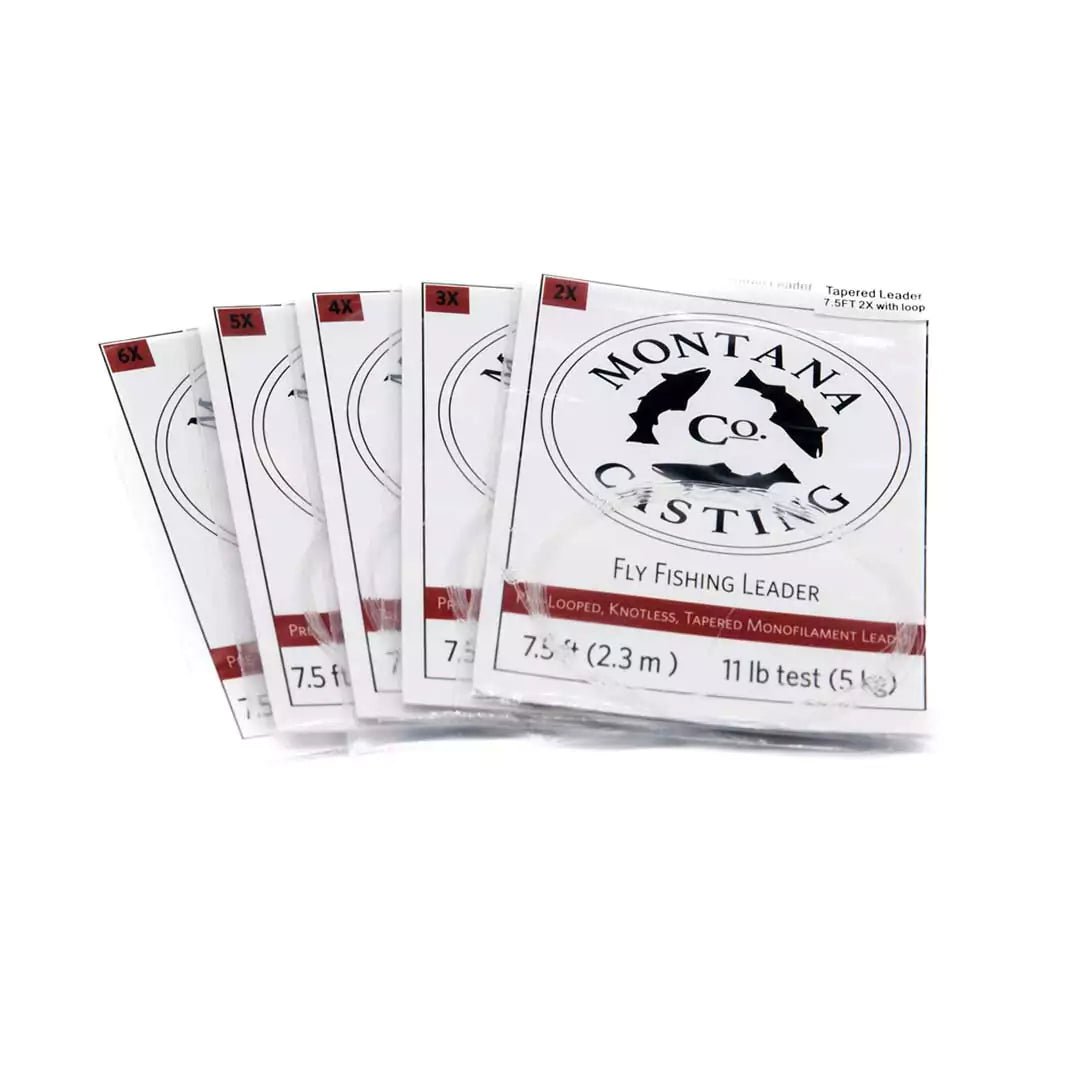
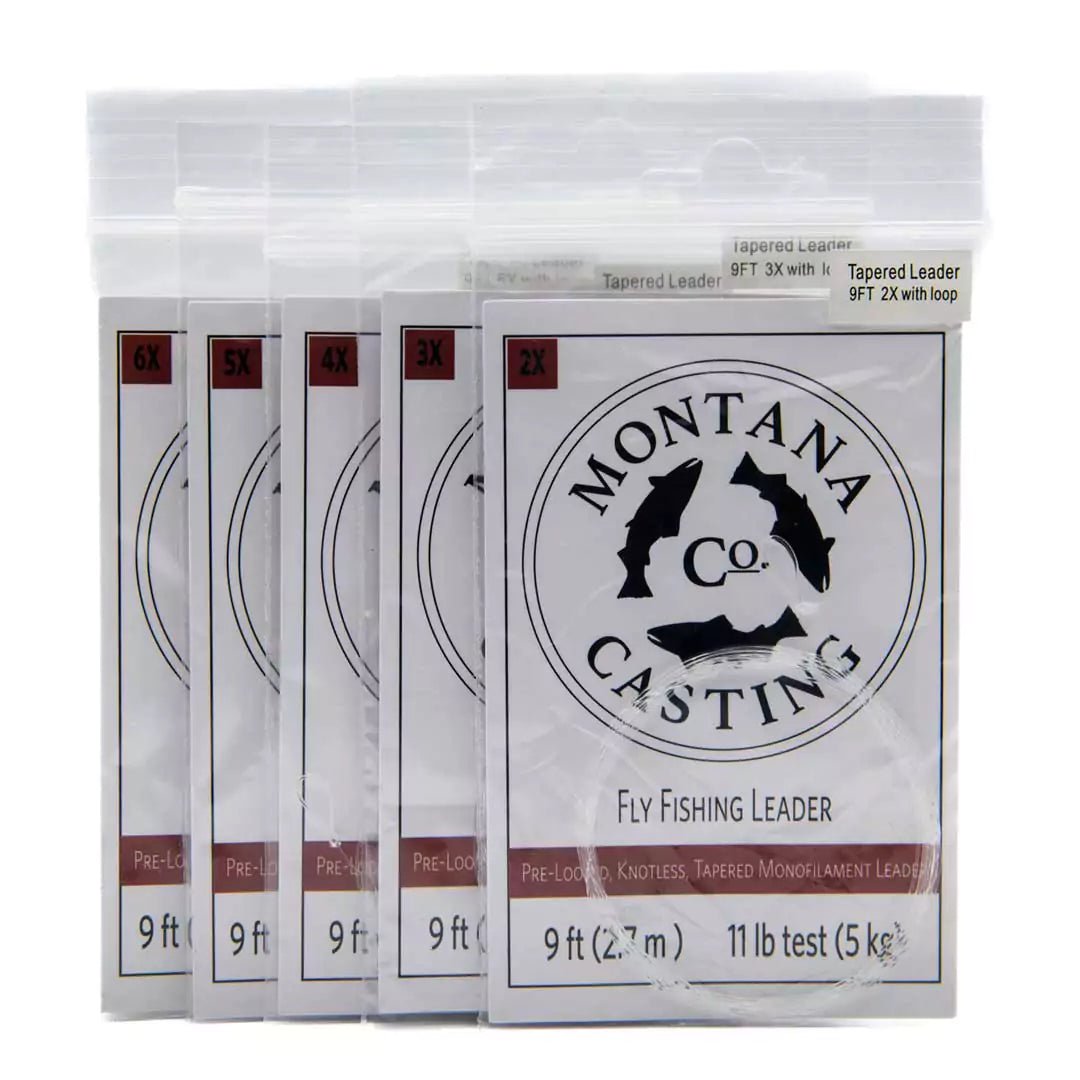

0 comments